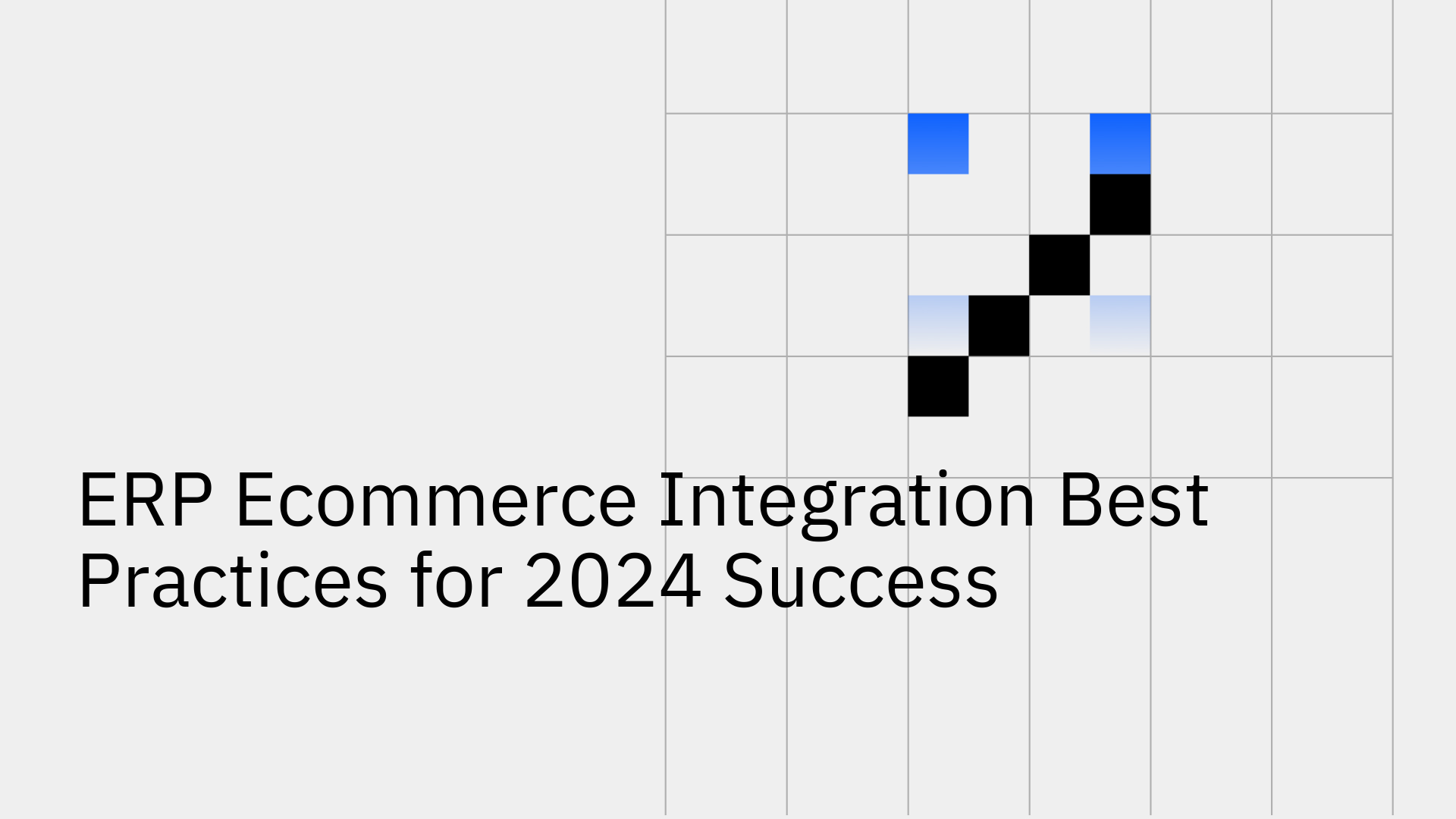
As an ecommerce business scales, the operational inefficiencies between its storefront and back-end systems become a critical bottleneck. For companies running on Shopify and NetSuite, the technical problem is clear: disconnected systems lead to manual data entry, inventory discrepancies, delayed order fulfillment, and inaccurate financial reporting. This data fragmentation directly impacts operational efficiency, customer satisfaction, and the ability to make informed, data-driven decisions. The result is a reactive, error-prone workflow that cannot support sustainable growth.
Integrating NetSuite ERP with a Shopify ecommerce platform is no longer a luxury but a foundational requirement for competitive operations. A proper integration automates critical business processes, creating a single source of truth that empowers teams to work efficiently and proactively.
NetSuite Shopify integration is the process of establishing a seamless, automated connection between your Shopify ecommerce platform and your NetSuite ERP system. This integration facilitates the real-time, bi-directional exchange of critical business data, ensuring that both systems operate in perfect harmony.
By connecting Shopify with NetSuite, businesses automate key operational data flows, including:
Ultimately, a successful NetSuite Shopify integration eliminates data silos and manual processes, creating a unified and efficient operational ecosystem.
A disconnected Shopify and NetSuite environment creates significant operational friction. Without a reliable, real-time data sync, businesses face constant challenges that inhibit growth and damage the customer experience. The technical debt incurred by manual workarounds and faulty integrations quickly compounds, leading to systemic inefficiencies.
Key problems arising from poor or non-existent integration include:
These issues highlight the technical and operational necessity of a robust integration solution.
When considering a NetSuite Shopify integration, businesses typically evaluate several approaches. However, many common methods introduce their own set of technical challenges, including complexity, high maintenance overhead, and unreliability.
Building a custom integration using APIs requires significant upfront investment in development resources and ongoing maintenance. These solutions are often brittle, breaking with any API update from Shopify or NetSuite. They may lack the built-in error handling, conflict resolution, and scalability of a dedicated platform, making them a costly and high-risk option.
While powerful, generic iPaaS solutions are not purpose-built for the specific demands of operational system synchronization. They often require extensive configuration and technical expertise to set up workflows for NetSuite and Shopify. These platforms can introduce latency and may struggle with the complexities of true bi-directional sync and advanced conflict resolution, which are critical for maintaining data integrity between an ERP and an ecommerce store.
App marketplace connectors, like the Oracle NetSuite Connector for Shopify, offer a seemingly simple solution [4]. However, they are often rigid and lack the flexibility to handle complex business logic, such as custom data mapping for product variants or unique order fulfillment workflows [3]. As a business scales and adds more systems, managing multiple point-to-point connectors becomes complex and creates a fragile integration architecture.
The technical limitations of traditional integration methods demand a new approach. Stacksync is a real-time, bi-directional synchronization platform engineered specifically to solve the complex challenges of integrating operational systems like NetSuite and Shopify. It aims to eliminate the complexity and unreliability of other methods, providing a robust, scalable, and maintenance-free solution.
Stacksync addresses the core technical problems head-on:
By replacing brittle custom code and generic iPaaS tools, Stacksync aims to empower businesses to achieve operational excellence with improved data consistency and automation.
To ensure a successful integration that drives long-term value, it is essential to follow established best practices. These principles guide the planning and implementation process, ensuring the solution aligns with your business objectives.
Implementing a NetSuite Shopify integration with Stacksync is designed for speed and efficiency.
Integrating NetSuite and Shopify is a critical strategic initiative for any scaling ecommerce business. Attempting to manage operations with disconnected systems inevitably leads to inefficiencies, errors, and a poor customer experience. While traditional integration methods like custom code or generic iPaaS platforms present significant technical and financial hurdles, a purpose-built solution offers a clear path forward.
Stacksync provides a platform for real-time, bi-directional synchronization between NetSuite and Shopify. By reducing complexity and improving data consistency, Stacksync helps businesses automate operations, unlock growth, and build a resilient, future-proof tech stack. Investing in a robust integration platform is not just an IT decision; it is a fundamental business strategy for achieving operational excellence in the competitive ecommerce market.
What data can be synced between Shopify and NetSuite? A comprehensive integration syncs a wide range of data, including sales orders, customers, products, inventory levels, pricing, order fulfillment status, tracking information, refunds, and financial data for reconciliation [1].
What is bi-directional sync and why is it important for a NetSuite integration? Bi-directional sync means that data can flow in both directions between two systems and remain consistent. For example, an inventory update in NetSuite reflects in Shopify, and a customer address change in Shopify updates the record in NetSuite. This is important for maintaining a single source of truth and preventing data conflicts.
How does Stacksync handle data conflicts or errors? Stacksync includes automated conflict resolution to handle cases where a record is updated in both systems simultaneously. It also features error handling and auto-retry logic, helping ensure that temporary API issues or data validation failures do not break the sync. Users are alerted to any persistent issues that require attention.
Is Stacksync a better option than a generic iPaaS for this integration? While generic iPaaS tools are flexible, they are not optimized for the specific requirements of operational sync between systems like NetSuite and Shopify. Stacksync is purpose-built for this use case, offering lower latency, conflict resolution, pre-built connectors with deep functionality, and a no-code setup that can deliver faster time-to-value and lower total cost of ownership.